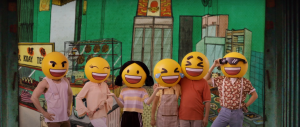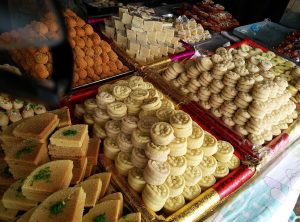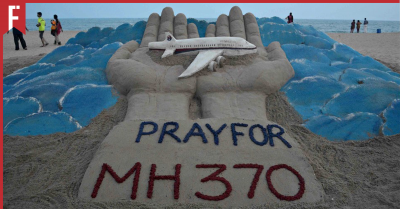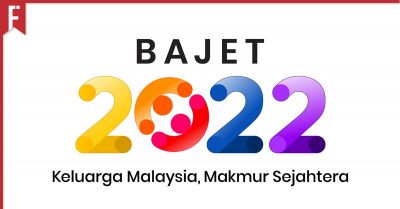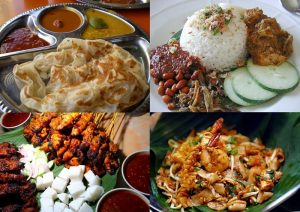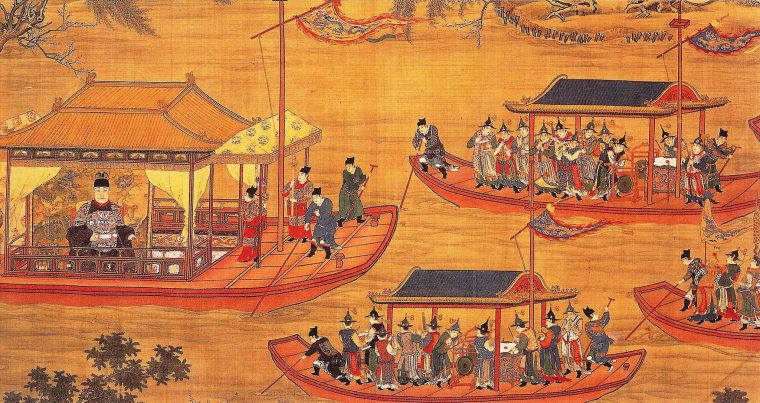
Do you know how to crack a secret code?
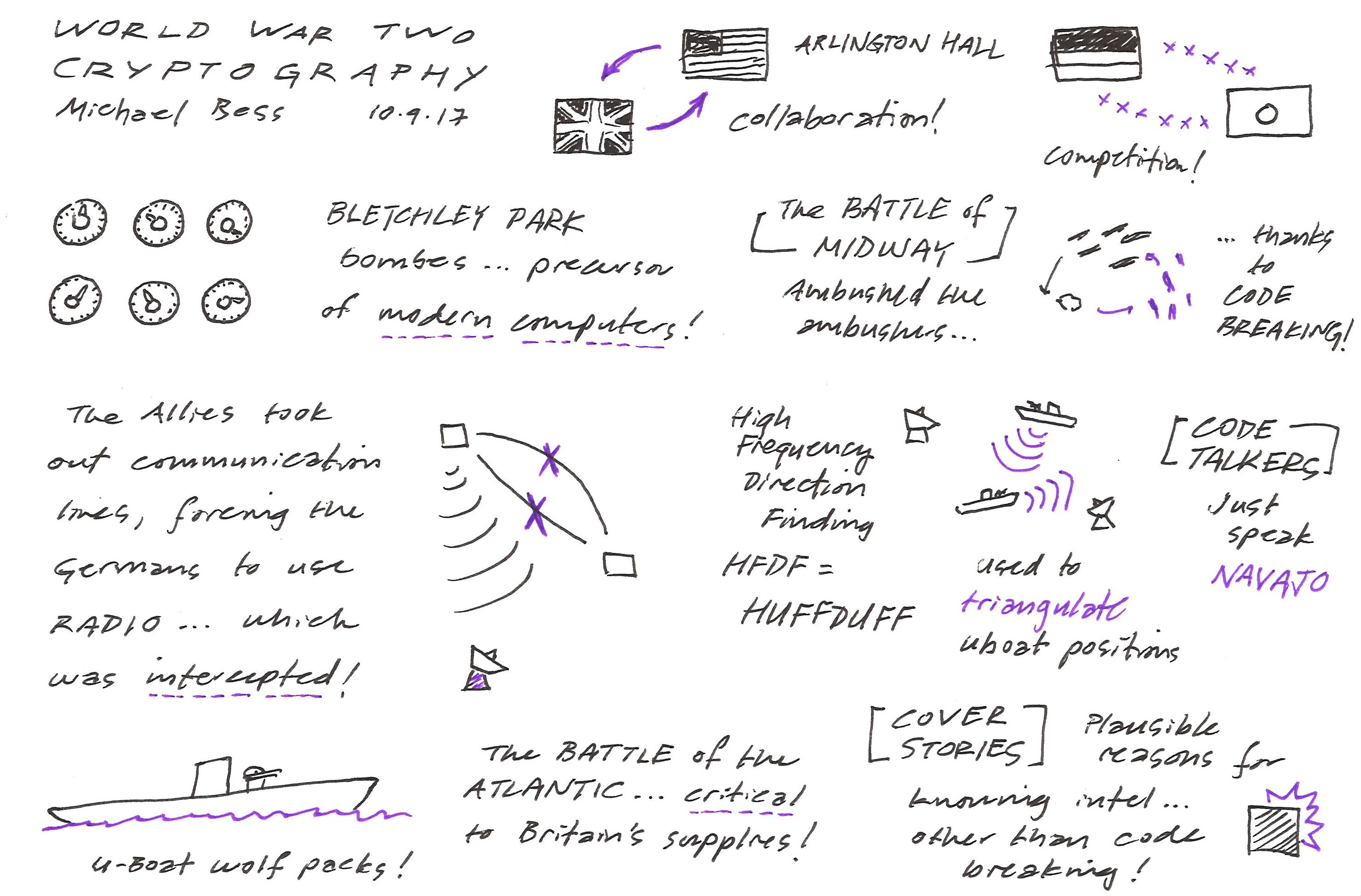
A secret code (or just a code) in its most basic of form, is a set of letters, numbers and symbols replacing readable words. It delivers messages meant only to its intended recipient, none other. Secret codes are not used to sent greetings, they are used to send words of war.
Since the dawn of civilization, mankind has been using secret codes to communicate, strategize and plan actions. Messages sent through codes are deciphered to reveal the actual information, whether to mobilize infantries or hold for defence.
War-torn Secret Letters & Numbers
Back in World War II, both Allies (Great Britain, USA and the Soviet Union) fought the Axis (Germany, Japan and Italy) with the aid of codes called cryptography – a plethora of codes and cypher systems channeled through radio messages.
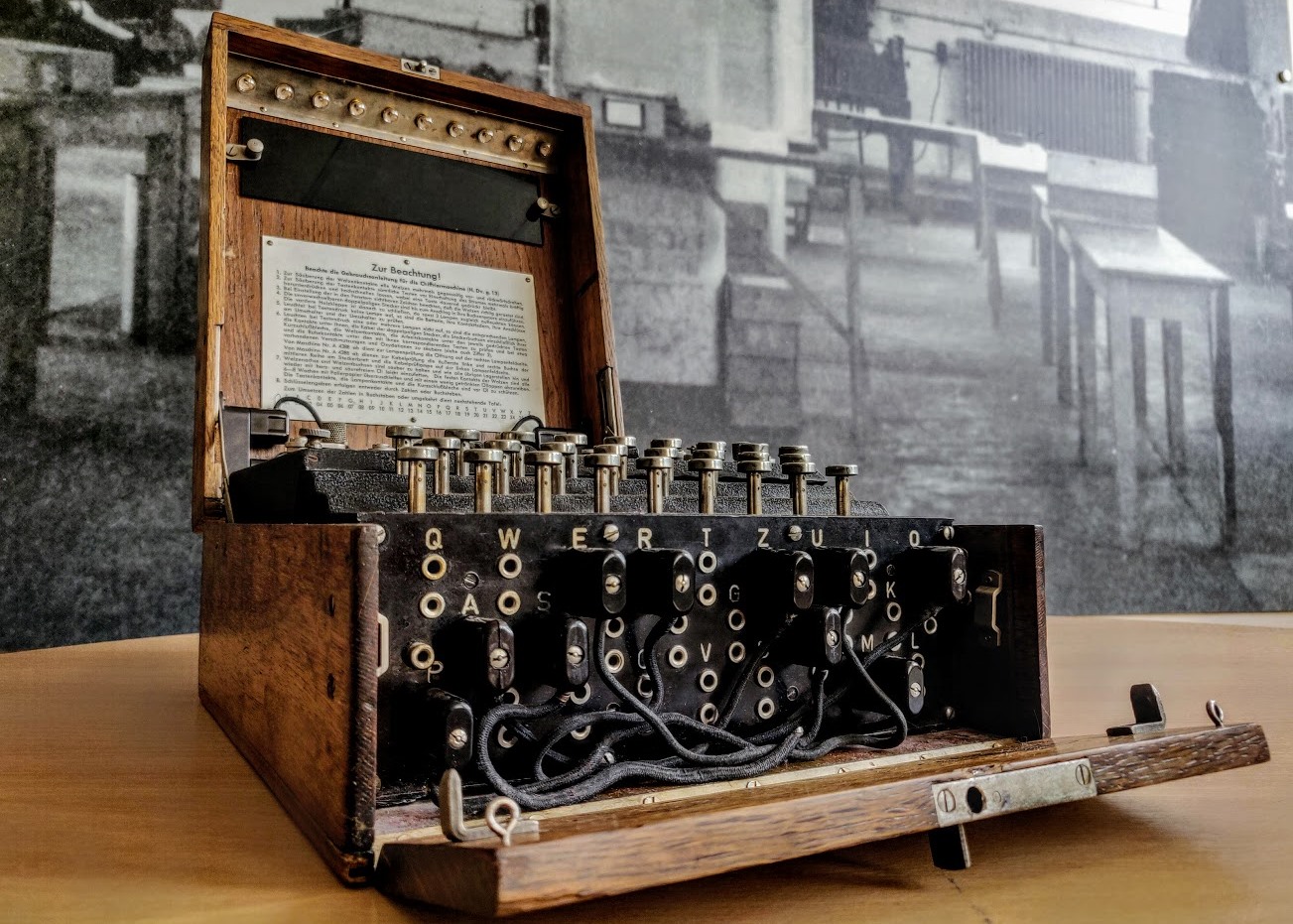
The much stronger Axis took major dominance of the war thanks to a highly sophisticated code creator called The Enigma Machine, to create cyphers. The Allies took years to break Enigma, eventually creating Bombe, a code-cracking machine made to decipher the secret messages used by the Nazis, giving them the upper hand in Operation Overlord, codenamed the Battle of Normandy.
Cypher is a type of code that adds and or replaces letters and numbers as a mode of disguise.
Secret Seizure of Semenanjung
Back home during the dark ages of mankind, Imperial Japanese also created their own version of the secret code called Purple. It was used to plan the major infiltration of Malaya through the East Coast, a move unexpected by the British occupants of the time.
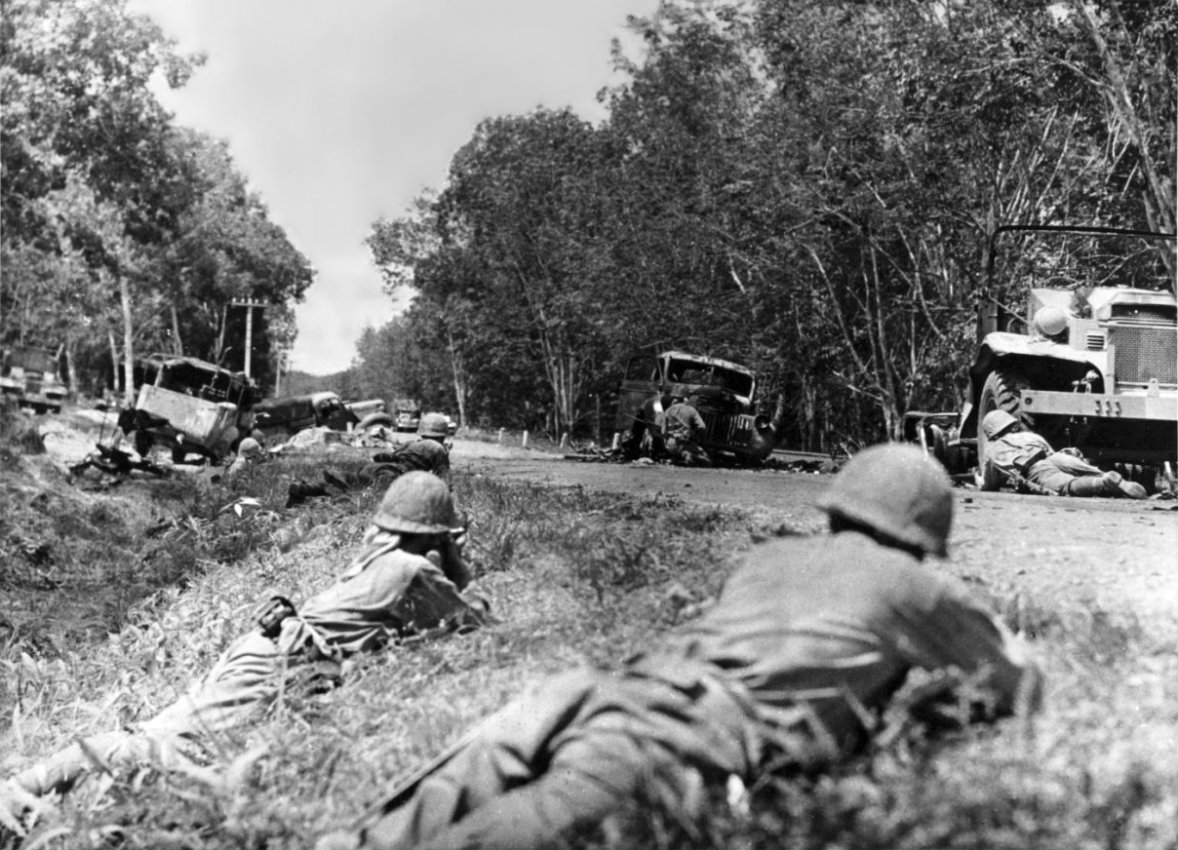
The secret Japanese cryptography, however, was eventually decrypted by Allied intelligence with the use of Magic, a code-breaking mechanism to deliver the news that Nippon was coming to town through an 8km stretch from Beserah beach in Kuantan to Tanjung Pelindung Tengah and Batu Hitam. This crucial information forced the British to mobilise its Indian Army’s 22nd Brigade to defend to coast, building six pillbox forts with a 1km gap in between.
Decades of Deception
But the arrival of the Japanese army wasn’t something that was planned overnight. About three decades prior to the war, ‘tourist and traders’ from Japan thronged South East Asian countries, a covert move imperceptible to the naked eyes of hungry colonial Dutch, French, the US and British.

Years and years of messages were sent back home through cypher machines, uncovering crucial information for Japan’s global takeover. One of them was Tatsuki Fuji, a secret agent who played a pivotal role in the Imperial’s arrival to Malaya. Working as an editor for Singapore Herald, Fuji encrypted British strongholds and military might that helped cushion the looming invasion.
The Land Before Time
But codes are not something invented during the modern war. Centuries earlier, specifically 1280 to 1368 A.D, the Ming Revolution in China fiddled with codes of a different form.
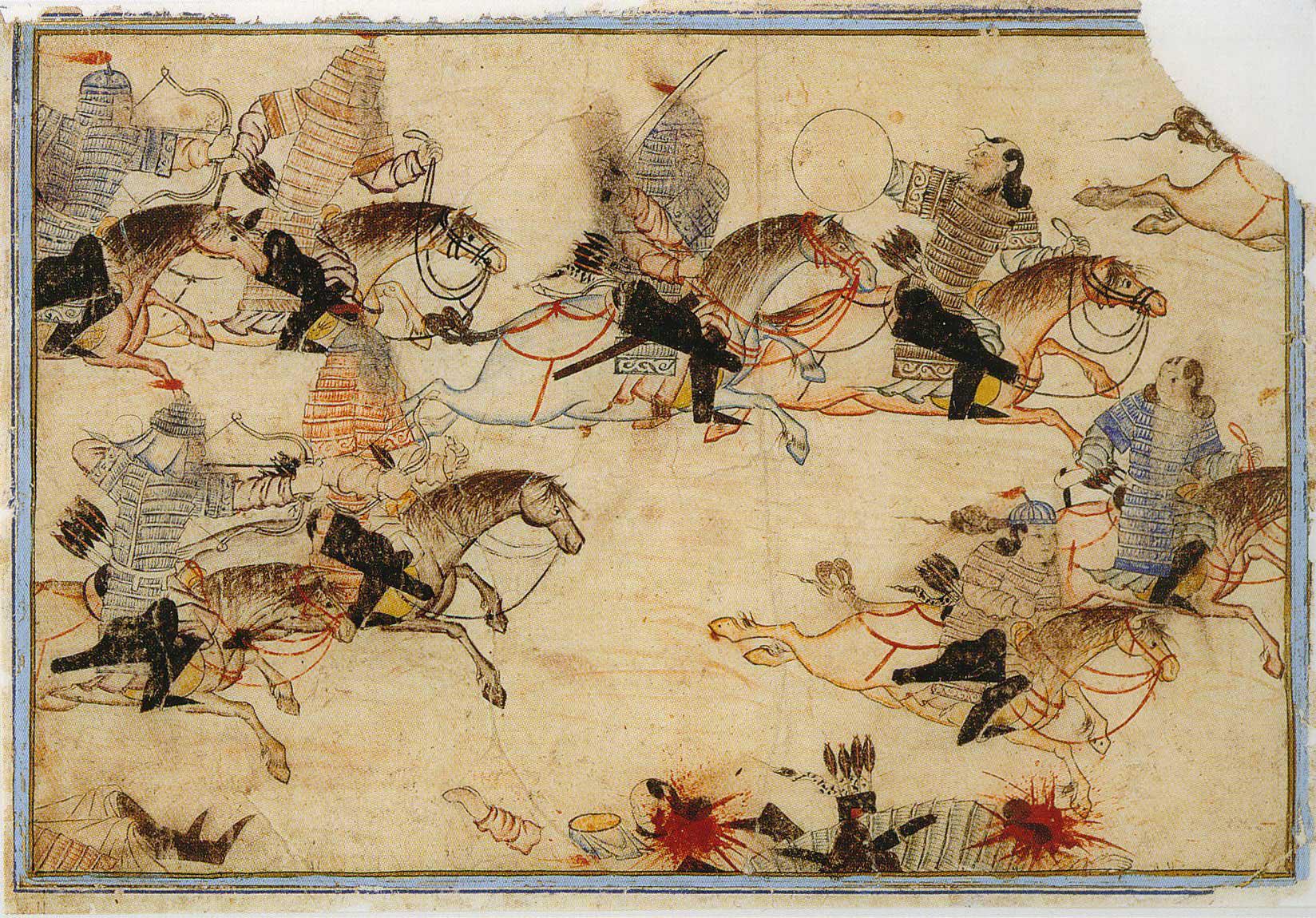
In the name of freedom and revolution, Chinese revolutionaries used mooncakes to deliver secret messages to plan for an uprising against their Mongol overlord, purportedly a ruthless, cruel regime of the Mongolian Yuan Dynasty.
Yes, mooncakes.
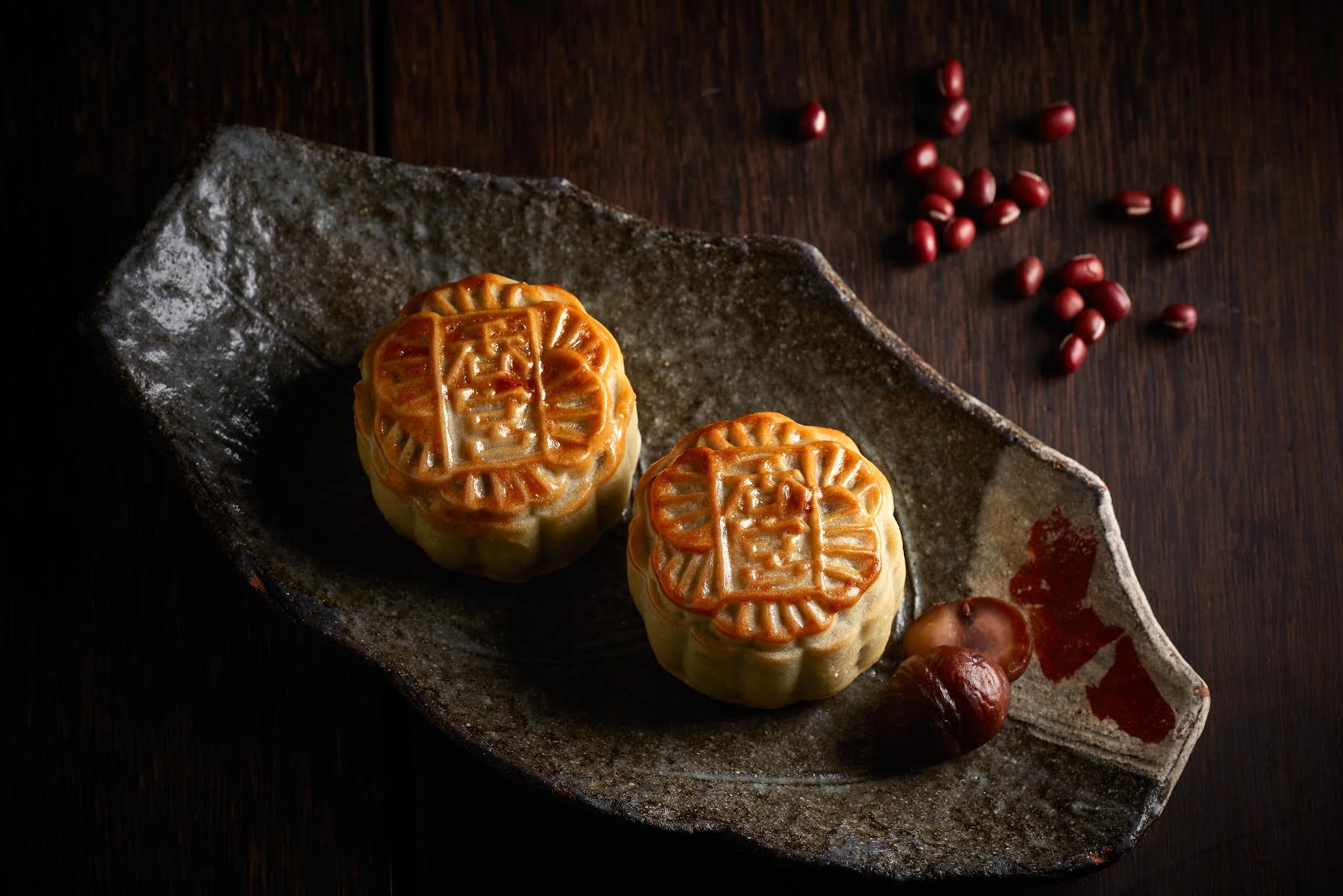
A mix of historical facts and folk tales, the idea of secret messages in mooncakes were thought to be conceived by Zhu Yuan Zhang and his advisor, Liu Bo Wen. A number of versions tailed this story with one of them being a deadly Hóuzi chuánwěi jíbìng de plague spreading across China and the only cure for it was – mooncakes.
Another, more conceivable chronicle was the rebellion led by Zhu Yuan Zhang and Liu Bo Wen initiated the planned uprising through secret messages of symbols imprinted on mooncakes and the only way to read them was through a certain way of cutting it and rearranging the slices. The uprising was planned on the night of the 15th in month eight of the Lunar calendar, making the delicacy the symbol of hope, harmony and unity against evil.

Today mooncakes are considered peaceful representation of harmony to celebrate the much bigger festival, the Mid-Autumn. It’s considered special and sacred, an offering to family and friends as a sign of good hope.
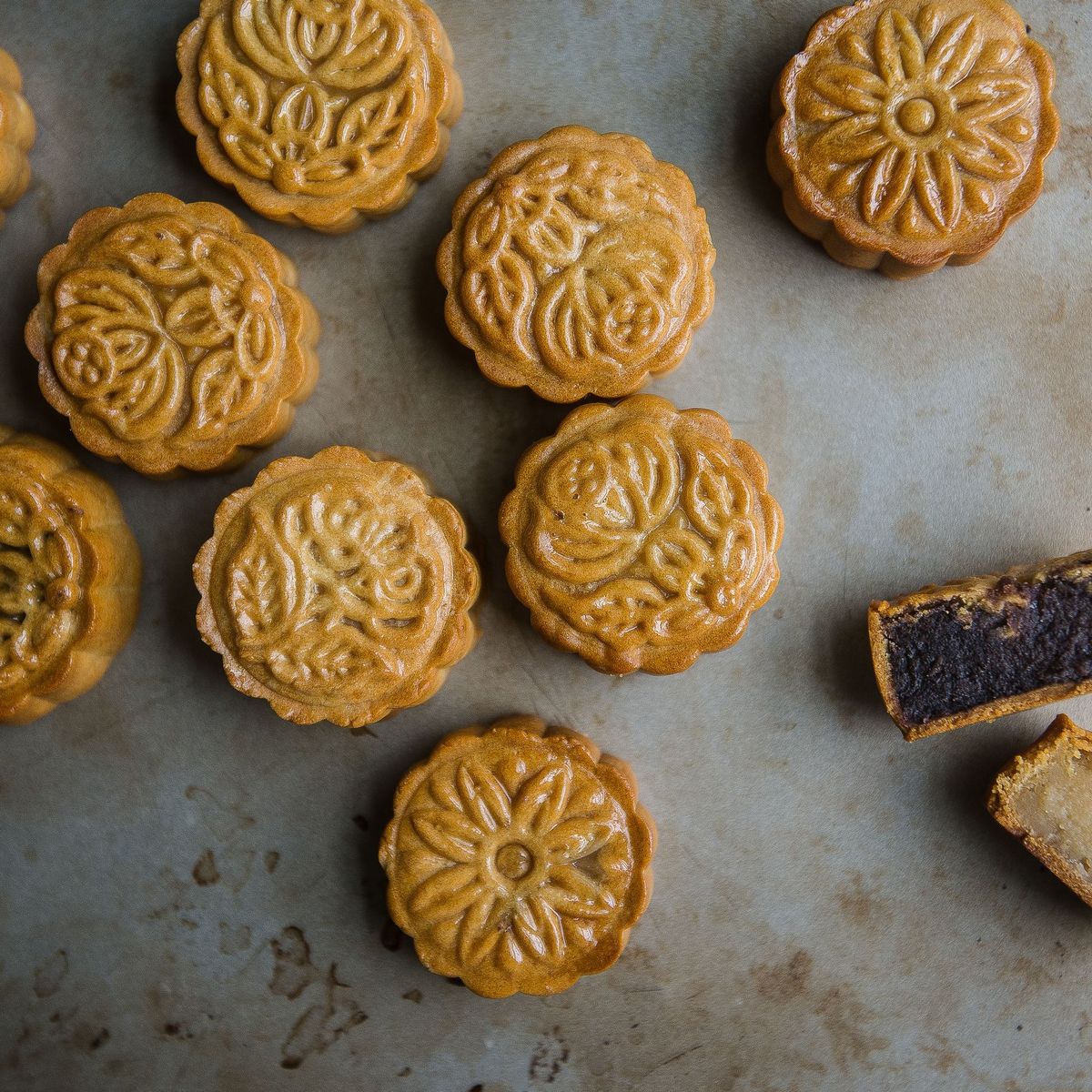
With calligraphy imprints that read longevity and harmony, the traditional Chinese delicacy tells decades of tales, blurred between fact and fiction. But wouldn’t it be nice to know that the harmless lotus filling mooncakes we have today are descendants of war-mongering dynasties?
If you like this article, follow our INSTAGRAM for more visual stimulation on culture, history and cool Malaysian things!

